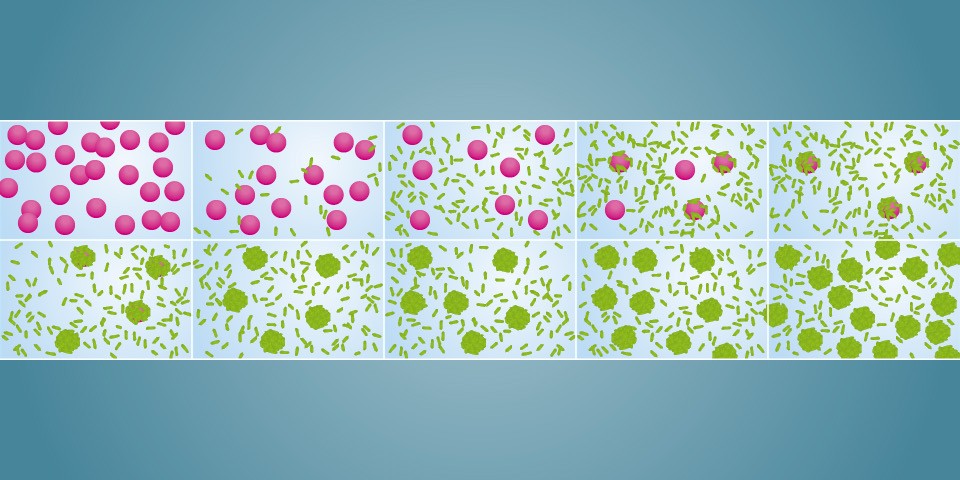The use of homeopathic remedies is linked to the observation from drug trials and clinical experience that, paradoxically, potentized remedies trigger significantly more and more differentiated reactions with increasing potency than is possible with the original substance (starting substance). Even inert substances can become active ingredients through this type of preparation (e.g. Lycopodium clavatum or Natrium muriaticum).
This phenomenon has been documented in clinical practice for over two centuries and forms the basis for the therapeutic application of homeopathy (Hahnemann, 1810) .
This apparent contradiction does not fit so easily into the causal thinking of a Cartesian world view and is a particular bone of contention surrounding homeopathy, which has historically caused controversy from the very beginning. This is precisely where the "nothing in - nothing on" argument comes in, which refers to the manufacturing process for remedies described by Hahnemann.
Such a thesis is based on the argument of a purely biochemical medicinal effect as the only assumed biological mechanism of action, which is no longer possible if there can no longer be any material-substantial content in the preparation from the 24th D-potency[1]. The conclusion derived from this states that the effect of homeopathic potencies with a dilution ratio greater than 10⁻²³ - a critical peak value of dilution - must therefore be pure water solutions and consequently therapeutically placebo effects.

